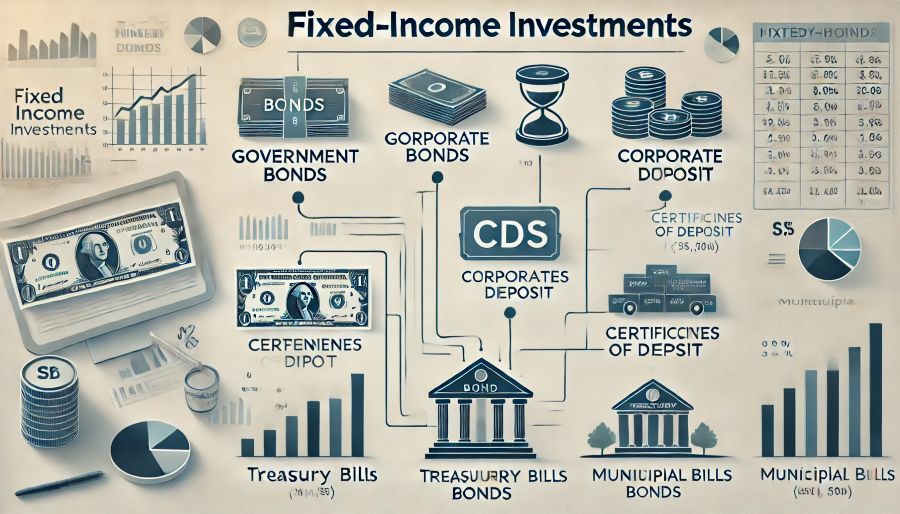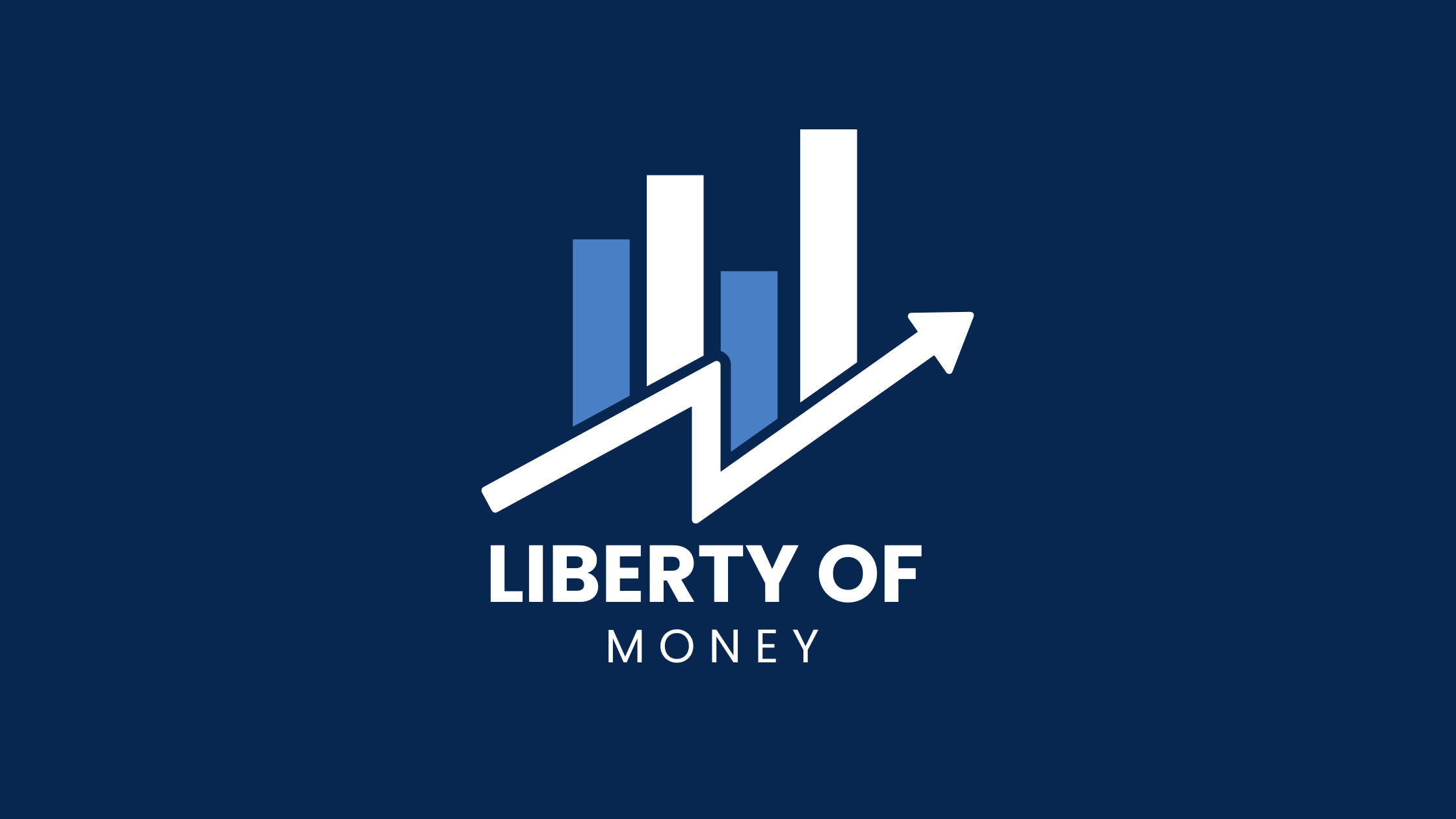Why Fixed Income Investments Matter in Your Portfolio
Investing in fixed income is one of the safest and most predictable ways to grow your wealth over time. Unlike volatile stocks or cryptocurrencies, fixed-income assets provide stability and steady returns, making them an essential part of a well-balanced investment strategy. But when is the right time to invest in fixed income, and how can you maximize your earnings? Let’s dive into the key points.
Understanding Fixed Income Investments

Fixed income investments refer to financial instruments that provide regular interest payments over a specific period. These include:
- Government Bonds: Issued by governments, these bonds are considered low-risk and offer stable returns.
- Corporate Bonds: Issued by companies, they generally provide higher returns than government bonds but come with slightly higher risk.
- Certificates of Deposit (CDs): Fixed-term deposits that offer guaranteed interest rates over a specified period.
- Treasury Bills: Short-term government securities that provide lower returns but high liquidity.
- Municipal Bonds: Issued by state or local governments, often offering tax advantages.
When to Invest in Fixed Income

Knowing the best time to invest in fixed income is crucial for maximizing your returns. Consider the following scenarios:
During Economic Uncertainty
When stock markets become volatile, fixed income provides a safe haven for investors looking to protect their capital. If there’s an economic downturn or recession, shifting part of your portfolio to fixed income can reduce overall risk.
When Interest Rates Are High
Fixed income investments perform best when interest rates are attractive. Locking in a high interest rate ensures stable returns over time, even if market conditions change.
For Retirement Planning
As you get closer to retirement, stability becomes more important than aggressive growth. Fixed income investments provide predictable income, making them ideal for retirees looking for financial security.
When Diversification Is Needed
A strong investment strategy includes a mix of assets. Fixed income helps balance riskier investments, ensuring that even during stock market fluctuations, your portfolio maintains stability.
How to Invest in Fixed Income Effectively

If you’re ready to invest in fixed income, follow these steps to ensure success:
Define Your Investment Goals
- Are you looking for steady income or capital preservation?
- Do you need liquidity or are you comfortable with long-term investments?
Choose the Right Fixed Income Assets
- For low risk: Government bonds and CDs.
- For moderate returns: Corporate bonds and municipal bonds.
- For short-term needs: Treasury bills or high-yield savings accounts.
Consider Laddering Your Investments
Laddering involves purchasing fixed-income securities with different maturity dates. This strategy helps manage risk while ensuring liquidity at various points in time.
Monitor Interest Rates
Keep an eye on market conditions and adjust your investments as needed. If interest rates rise, reinvesting in new fixed-income assets may yield higher returns.
Work with a Financial Advisor
If you’re new to fixed-income investing, a financial expert can help tailor a strategy to fit your needs and risk tolerance.
The Future of Fixed Income Investments

With changing global economic conditions, fixed-income investments remain a reliable choice for conservative and balanced investors. New options, such as digital bonds and tokenized securities, are emerging, providing more opportunities for investors to diversify their portfolios.
Ready to Start Investing in Fixed Income?
Now that you understand the benefits and strategies for investing in fixed income, it’s time to take action. Evaluate your financial goals, research available options, and consider incorporating fixed-income investments into your portfolio for a more secure and predictable financial future.




